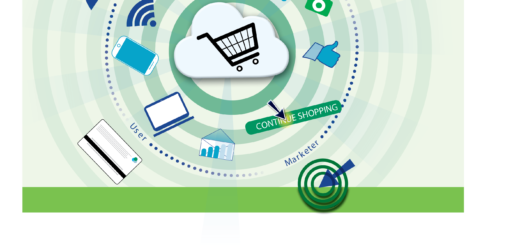4 Lessons From My First Published e-Book
In my latest e-commerce experiment, I published my first e-book on Amazon. As with my AdSense experiment, this one may make me a few bucks, but that was not my primary goal. My primary goal was to learn the process for publishing an e-book. 
I started the process by reading Guy Kawasaki’s book APE: How to Publish a Book and Nancy Hendrickson’s How to Write and Sell Non-Fiction Books for Kindle, which (as of this date) does not seem to be for sale anymore on Amazon. Both were great! Both gave practical advice on how to write and to publish an e-book on Amazon (and elsewhere). For this experiment, I decided to limit my time and effort to just publishing on Amazon. I also had no budget, which meant I couldn’t outsource any of the steps.
e-Book Publishing Lessons
Here are four lessons that I learned during this process.
Lesson 1: Adobe InDesign is a pain to learn. It’s supposed to be a world-class program. I’m sure it is. But it is not user-friendly. I tried in vain to follow various step-by-step guides for setting up an e-book, without success. Eventually, I discovered I didn’t need it. If I used Microsoft Word and saved the book as a filtered HTML, I could upload the file to Amazon and it’ll do all the converting.
Lesson 2: Responsive design principles are just as important for e-books as it is for websites. For those of you that don’t know what responsive design is, it is design that responds in a structured way to different screen sizes such that websites still display in preferred formats on all screen sizes. While formatting the e-book, I discovered that an indentation I was using for quotes looked bad on smartphones. Fortunately, I had time to fix it before publication.
Lesson 3: If you want to use Amazon’s KDP Select (Kindle Direct Publishing) program, you can’t have a version (free or otherwise) available anywhere else. Opps! Well, for now, the free pdf version available on my website disqualifies me from the KDP program, but I can still publish normally. I’m not sure if all of my individual blog posts would also disqualify it. Hmm, guess I need to re-think how I want to market the book.
Lesson 4: Amazon has a nifty book cover design that helped me save time as a DIYer with no budget. Woot! Yes, it looks slightly generic, but it’ll work for my first e-book. Next time around, we’ll see if I can take it up a notch.
Next steps
Like I mentioned above, I don’t expect to make much money of this book (but I’m okay with pleasant surprises). Whatever royalties do come in will help finance future books – allowing me to hire editors, book designers, marketers, and what-not.

